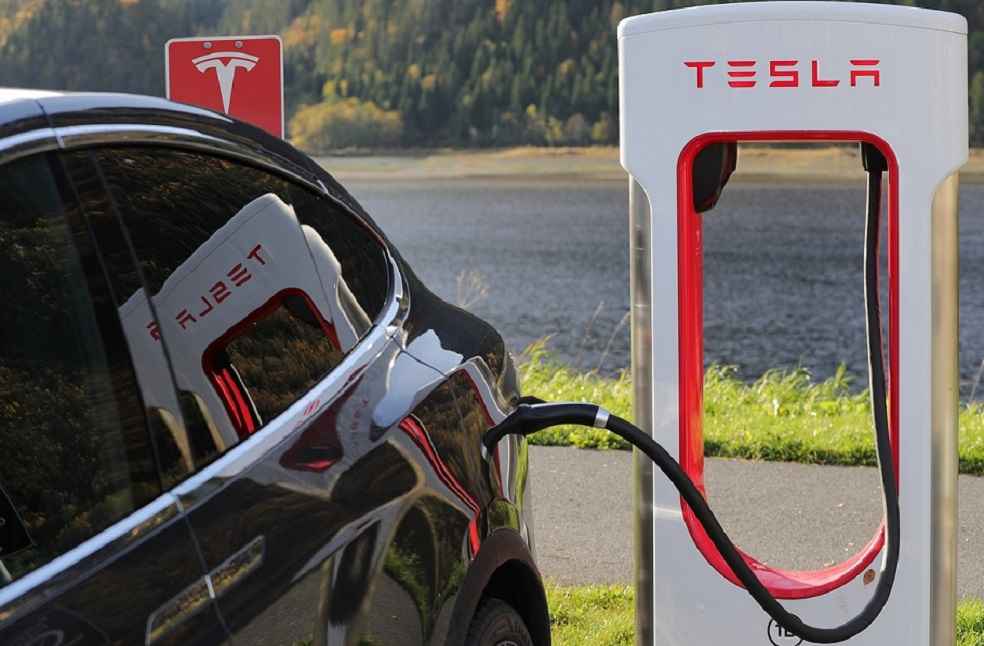The global landscape of the automotive industry experiences a compelling shift, driven by electric vehicles (EVs). This shift surges forward due to an intriguing mix of rising environmental concerns, cutting-edge technological advancements, and far-reaching government incentives. Grasping the economic intricacies of EVs reveals a fascinating cost-benefit analysis.
Highlighting the urgent need to reduce greenhouse gas emissions brings sustainable transportation to the forefront. Electric vehicles stand out in this context, emitting zero tailpipe emissions. Their unique ability to harness renewable energy sources, such as solar and wind power, positions EVs as champions of both environmental responsibility and energy security.

The economic appeal of electric vehicles has grown over time, primarily owing to decreasing battery costs. Notably, the last decade witnessed a steep price drop in lithium-ion batteries, the heart of EVs’ energy storage. This trend towards affordability challenges the market dominance of internal combustion engine (ICE) vehicles. Exciting prospects in battery technology promise to push EV costs down further, positioning them as an increasingly accessible option for consumers.
Government incentives worldwide act as catalysts propelling EV adoption. These range from financial stimuli, including tax credits, rebates, and grants, to policy initiatives granting EVs preferential access to high-occupancy vehicle lanes, free parking, and certain toll and fee exemptions. These measures work in tandem to neutralize the relatively high upfront costs of EVs, enhancing their appeal to potential buyers.
The journey towards universal EV adoption is not without its fair share of obstacles. Chief among these is the limited availability of charging infrastructure in many countries. Even though the number of charging stations is on the rise, the growth rate falls short of matching the surge in EV sales. This discrepancy breeds ‘range anxiety’ among potential EV owners, who question the accessibility of charging stations and the lengthy vehicle recharge time.

Another critical challenge lies in the somewhat limited driving range of EVs compared to ICE vehicles. This shortfall persists despite significant strides in battery technology and could discourage consumers requiring extended driving ranges for their daily commutes or frequent long-distance journeys.
The economic underpinnings of EVs appear increasingly promising with dropping battery costs, the introduction of government incentives, and rising demand fueled by the pressing need for cleaner transport solutions. Overcoming the hurdles of charging infrastructure and driving range is a must for leveraging the full potential of EVs. Industry-wide investments in improving battery efficiency and expanding charging networks are pivotal in securing the future of EVs as an environmentally friendly and sustainable transportation choice.
TRENDING: Tesla Massive Recall: 1M Cars to Receive Software Update in China





